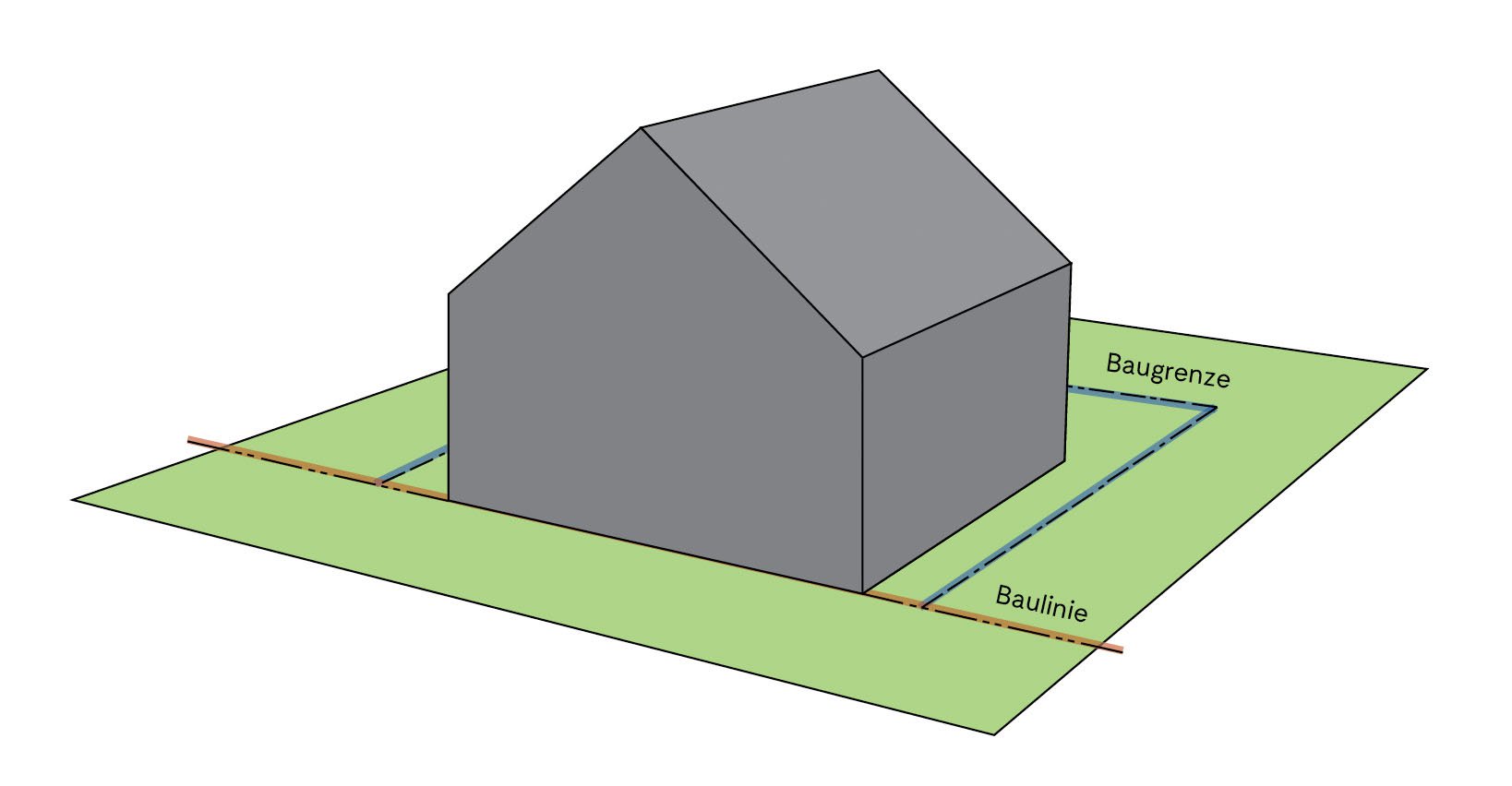In winter, many builders face the question: continue building or take a break? On the one hand, an interruption delays the move into the new home. On the other hand, building a house in winter involves certain risks. The following article tells builders everything they need to know to make winter construction a good experience.
the essentials in brief
In winter, 5 degrees is considered the most important limit. At lower temperatures, the construction work is much more difficult.
Mechanical construction work with materials that are not sensitive to cold can be done well even in winter.
Before winter, builders should calculate whether it would be more costly to stop construction or to continue with increased heating costs and special materials.
The 5 degree rule
In the past, work on construction sites was paused during the winter. Since the chemical processes in building materials change at temperatures below +5 degrees Celsius and the stability and safety of the planned project would thus be jeopardized in the long term, it was decided to put construction work on hold. Today, however, building as quickly as possible is high on the list of priorities for many builders. One reason for this may be that moving into the new home at a later date would result in financial losses, for example due to further rent payments for the previous house.
How to succeed in the winter construction
If work is to be done at the site even below +5 degrees, some rules must be observed. Working with materials that are not sensitive to cold is basically unproblematic. For example, the windows can be installed in the winter.
Screed is also usually laid before Christmas to allow it to dry until construction work resumes in the new year. Moreover, the interior finishing in the winter is harmless, when the house is already built to the point where it can be heated. However, if work continues at temperatures that are too cold, leaks in the water pipes may otherwise occur. In addition, the attic hatch must be closed in the winter when finishing the interior to prevent mold growth in the roof beams.
Basically, when building in the winter should not take too great a risk, and in borderline cases, it is better to stop construction. It is all the more annoying when hastily carried out construction work does not lead to the desired result or even causes long-term damage. To prevent this, the construction site must be covered with foil during the cold months. In the worst case, heavy moisture and sub-zero temperatures can even cause the stones in the masonry to disintegrate.
The main cause of most damage during construction work in winter is mold and algae, which colonize the masonry and multiply rapidly in damp conditions. To prevent mold growth, alternate heating and ventilation. And, of course, heating is also needed to make it possible for the people on the construction site to continue working at all during the winter. Consequently, electricity costs at the construction site increase significantly over the cold months. Compared to a mold remediation, which can cost around 8000€, the additional electricity costs in winter are still manageable at around 1000€.
Construction work and building materials unsuitable for cold temperatures
There are some materials and construction work, which is better not to do at temperatures below +5 degrees. Thus, all ground work is difficult because the ground freezes in very cold temperatures and thaws and becomes slushy in warmer temperatures.
In principle, even for the insulation of the house is better to wait for spring and summer. Materials such as rock wool can only be processed in a dry environment, otherwise they lose their insulating effect.
Building materials that change at low temperatures due to their chemical properties are also problematic. Since concrete, mortar and plaster are partly made of water, which would freeze during construction work in winter, the building materials cannot be used during this season. Paint also does not bind and therefore does not last long when temperatures drop below +5 degrees. It is true that there are special additives that are added to the building materials so that they can cure even at temperatures below +5 degrees. However, to ensure that concrete, mortar and plaster dry properly, it is advisable to carry out relevant work at temperatures above +5 degrees.
And below 0 degrees, work with building materials containing water should be avoided in any case. These do not set properly at temperatures around zero and crack more quickly as they dry. In the case of uncured mortar, for example, this can lead to serious defects in the masonry and delay construction much more than a short winter break.
It therefore makes sense for building owners to calculate how high the costs of a construction stop would be or whether it would be cheaper to continue building.




